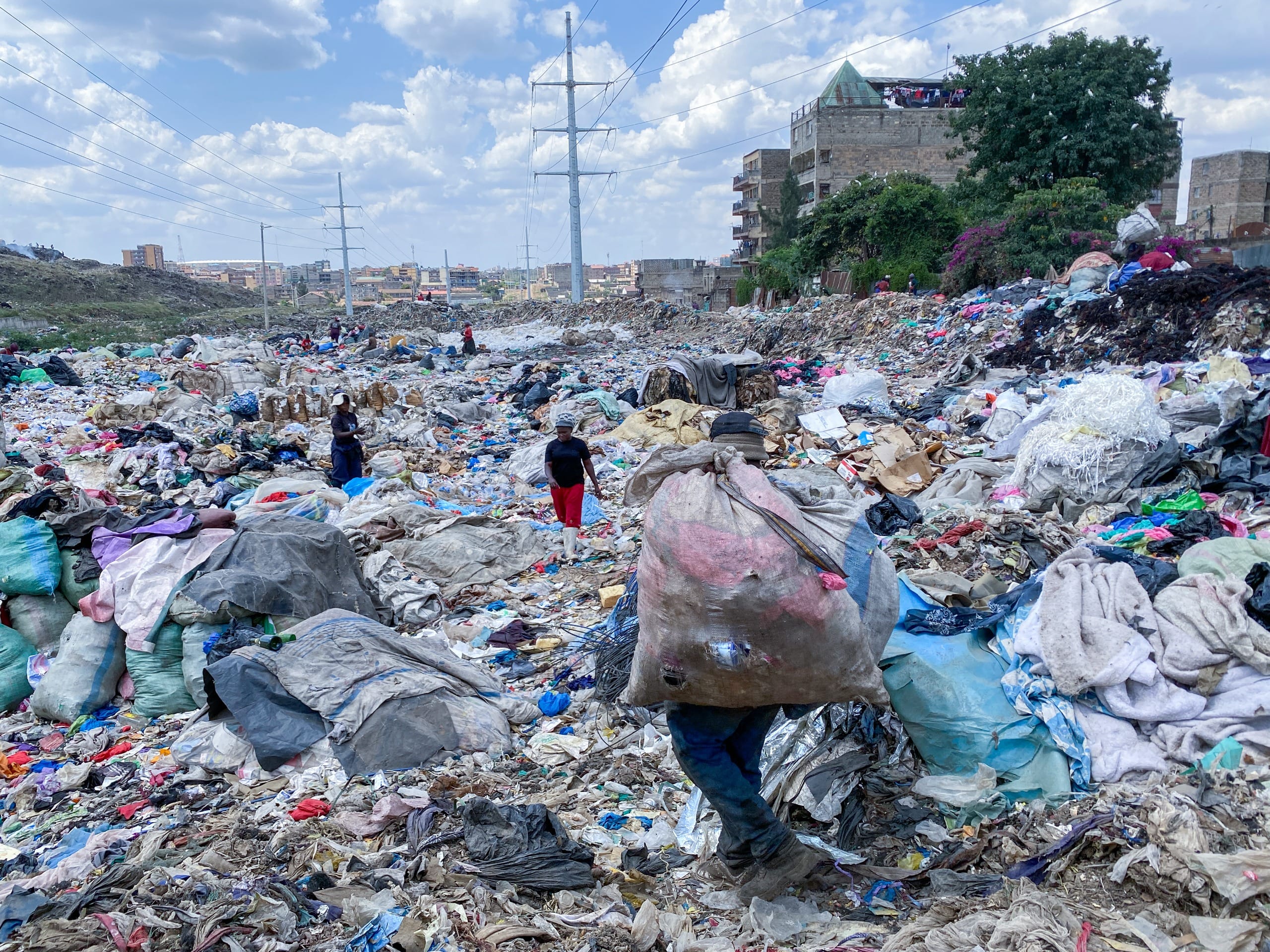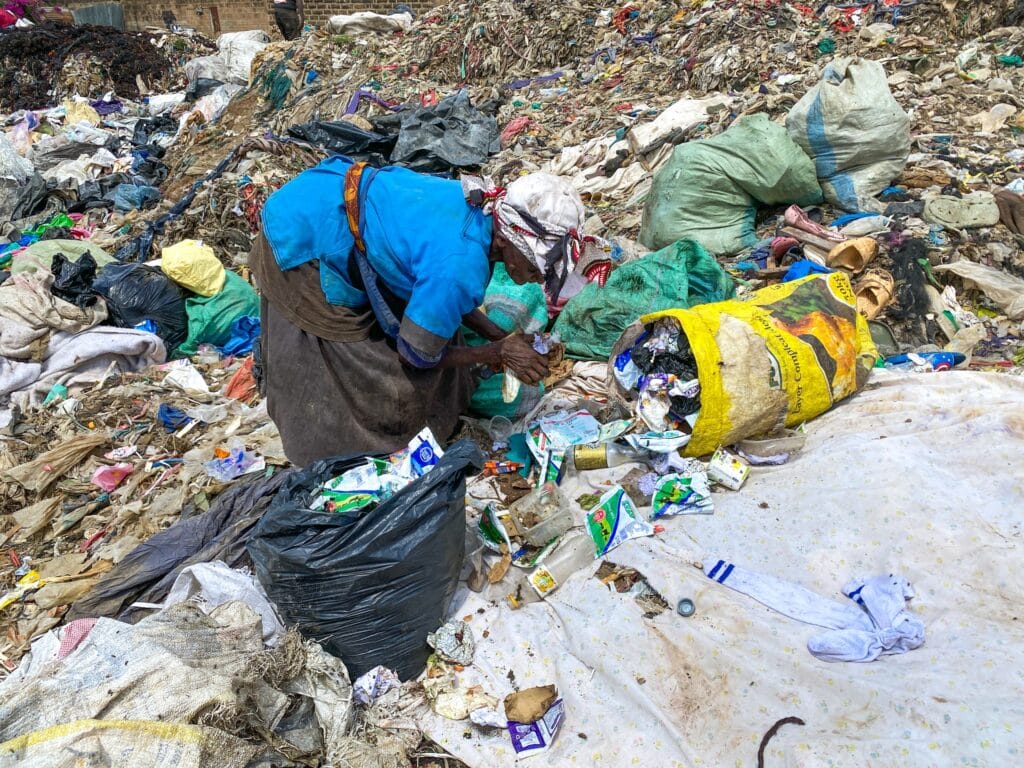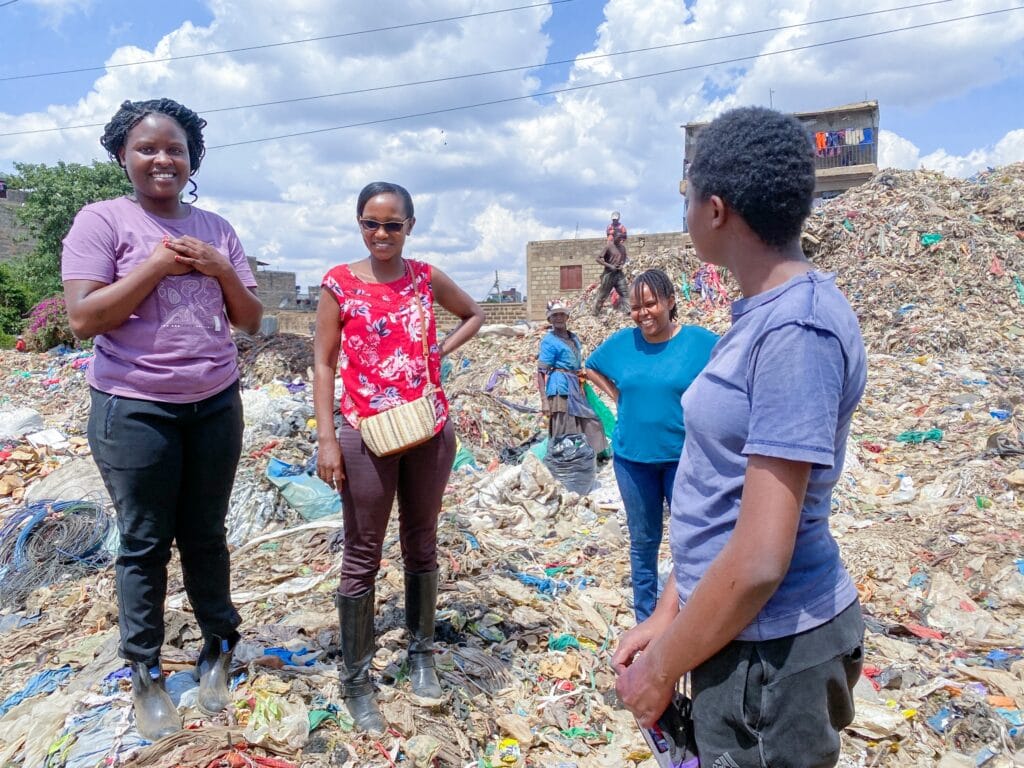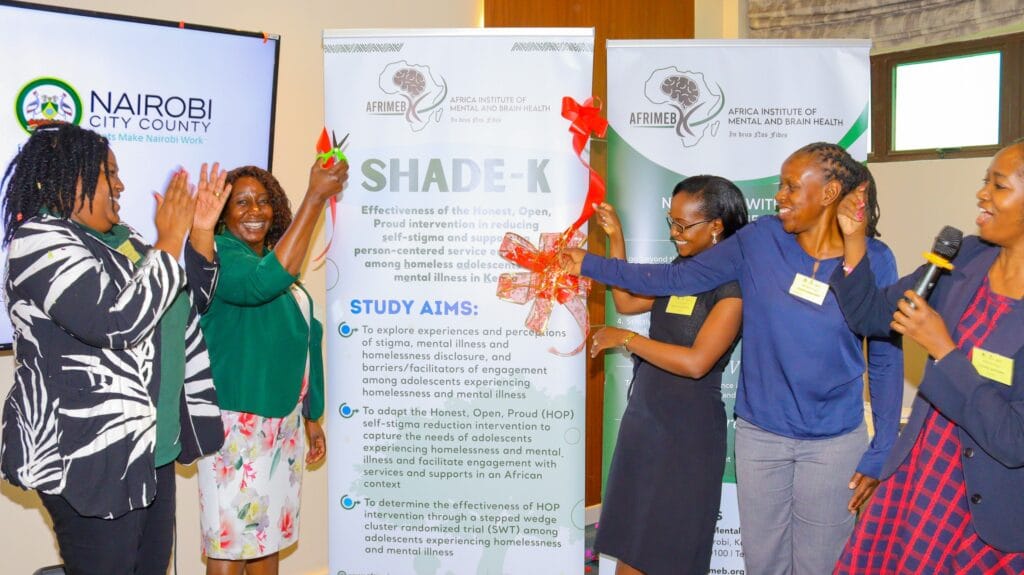
When we meet Jane, she is bent over, picking through mounds of plastic at the Dandora landfill, the largest dumpsite in Kenya. The air is thick with smoke from burning waste. Flocks of marabou storks hover above her, and the ground crackles beneath her worn gumboots.
She has been waste-picking since the beginning of this year. Before that, she was enrolled in a nearby public school.
Her attendance, however, was patchy. Some days she missed class because her mother couldn’t afford the school fees. Still, she insists that school was “far better” than the landfill.
“Being in school guaranteed porridge in the morning and lunch in the afternoon. Life outside is much harder,” she says, wiping dust from her face. “I have to come here every day and collect enough plastic to sell so we can have something to eat. If I don’t, my mother and siblings sleep hungry.”
According to the United Nations Environment Programme, about 60 percent of plastic recycled globally is collected by waste pickers, individuals who often work under dangerous and unhygienic conditions, with little recognition or protection.
Dandora alone receives more than 2,000 metric tonnes of waste daily, much of it unsegregated, including hospital and electronic waste. Exposure to toxins, smoke, and sharp objects is a daily reality for people like Jane.
“Dealing with smoke and dust every day is not easy,” she says, “These mountains of waste hide harmful things like syringes, chemicals, even dead animals.”
But beyond the visible hazards of the dumpsite lies a quieter, more insidious problem: mental illness among homeless adolescents. While Jane has never received a diagnosis of mental illness, she has witnessed a close friend, also working in the dumpsite, struggle with suicidal ideations.

The Hidden Weight of Survival
According to the World Health Organization (WHO), one in seven adolescents worldwide lives with a mental health disorder, with depression, anxiety, and substance use being the most common.
In Kenya, the situation is equally concerning: a 2022 Ministry of Health report estimated that over 25 percent of young people aged 15–24 experience symptoms of depression or anxiety, yet fewer than 20 percent ever receive help.
Poverty and neglect compound the crisis. In low-income urban areas like Dandora, where survival takes precedence, mental health is often a silent struggle. Many young people resort to drugs or risky behaviors to cope.

Brian, 19, understands this too well. About a year ago, he says he nearly took his own life after years of drug use and disappointment.
“Life was just hard. I felt like I was suffering too much,” he recalls. Brian began living on the streets at the age of 14 after dropping out of school. He was introduced to drugs, “white,” “blue,” and marijuana by friends he met scavenging at the dumpsite. Within months, he was addicted.
To feed his habit, he began stealing. Eventually, his health deteriorated, and his relationships broke down. “I just wanted the pain to stop,” he says quietly.
His story took a turn when a local organization helped him access a rehabilitation program. After several months, he began to recover.
Jane, his close friend, says she’s seen a big change. “He’s doing well these days. We talk and laugh a lot. He’s different.”
Yet for every Brian who finds help, many others fall through the cracks. Kenya has fewer than 150 practicing psychiatrists for a population of over 50 million, a stark gap that leaves most counties underserved.
Brenda Chepkemoi, a community health worker in Dandora, says the mental health needs of adolescents in these settings are vast but largely ignored.
“We know many of these young people are struggling,” she says. “But there are not enough professionals. In this subcounty, we have only one mental health specialist; it’s not enough.”
She believes that to reach adolescents effectively, mental health interventions must go beyond clinics. “We need outreach programs where these young people are in the streets, in schools, even at dumpsites. Many of them won’t walk into a hospital because of stigma or cost.”

Recently, a team from the Africa Institute of Mental and Brain Health (AFRIMEB) visited the Dandora dumpsite alongside Avit Ndayiziga, a journalist from Burundi and fellow of the Rosalynn Carter Mental Health Journalism Program. The visit aimed to gain a deeper understanding of the daily realities and psychosocial needs of this often-overlooked population.
The team interacted with several youth, listening to their experiences of survival, addiction, and hope. The visit reinforced the need for integrative community-based mental health approaches that combine psychosocial support with livelihood opportunities and education reintegration.

As the( SHADE_K ) Effectiveness of the Honest, Open, Proud intervention in reducing self-stigma and supporting person-centered service engagement among homeless adolescents with mental illness in Kenya begins, the anticipation is that the project will meet the needs of this population.
For Jane, that hope looks simple. “If I could go back to school, I would,” she says, looking at the smoky horizon. “I just want to learn and have a better life.”

